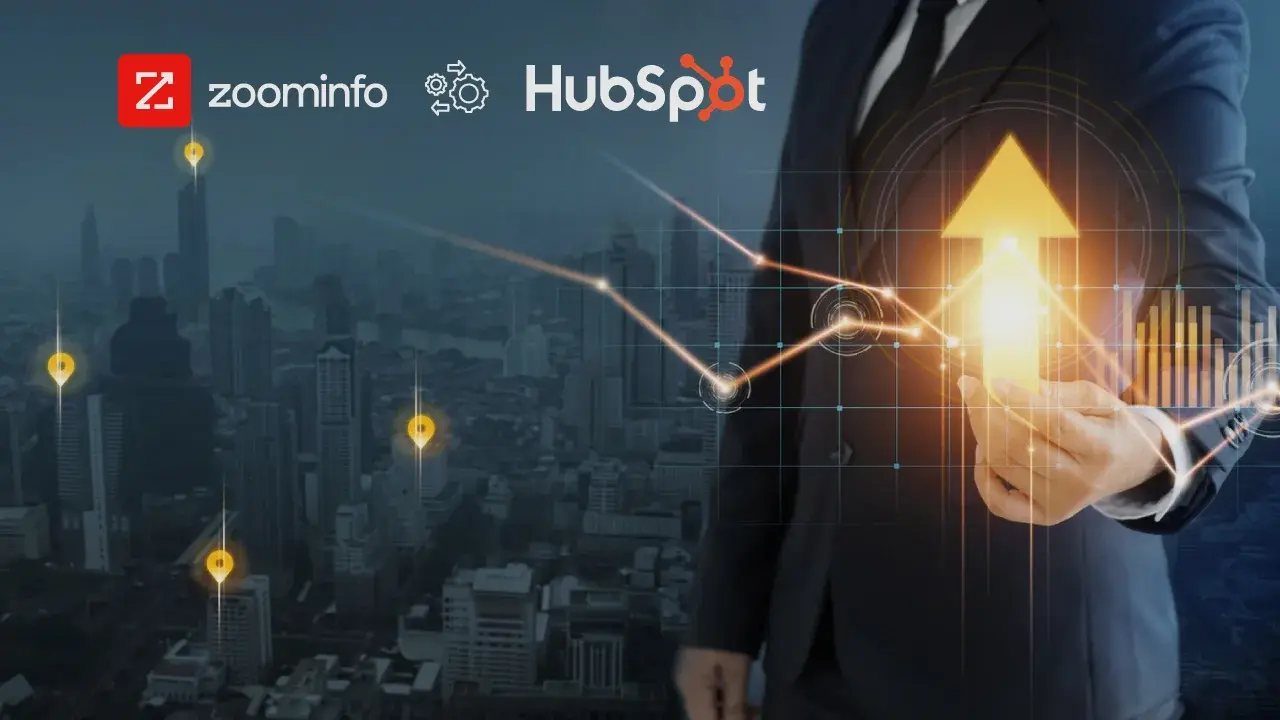
B2B marketing is tough!
You not only have to drive traffic to your website/app and lead conversions to your forms, but you need to track those leads through the entire long sales funnel, all the way to the revenue.
Most B2B advertisers are often optimizing for total lead volume at the expense of revenue - this makes the ROI on your ads far lower performing than you’d need.
Why does this happen?
Because B2B advertisers tend to focus deeply on just executing their advertising campaigns. They don’t spend time analyzing whether or not their campaigns will get the desired results - revenue!
Source: marketoonist
What can you, as a B2B advertiser, do differently here?
Learn about tagging and its need for driving more B2B revenue.
Here’s a quick video on site-wide tagging and its benefits.
Source: Youtube
In this blog, we’ll go over exactly how to turn your advertising machine into a revenue machine, not just a lead machine.
- We’ll walk you through the entire introduction to tagging in advertising and why it is essential for increased business revenue.
- I will share a strategy that enables you to increase ROI and generate more leads that convert with marketing operations.
- You’ll learn how to analyze which particular campaign, ad group, and ad performed the best, through the transfer of tracking information between platforms.
Let’s get started.
Introduction to tagging in advertising
Merely getting a lot of leads from an advertising campaign is not critical for B2B advertisers’ success. What’s crucial is understanding how many of those leads convert into Marketing Qualified Leads (MQLs), Sales Qualified Leads (SQLs), Request For Proposals (RFPs), and ultimately, revenue.
Here’s a scenario.
Say, you have 2 ads. Ad A resulted in 100 leads and only 5 of them moved further to the SQL stage. Ad B got you 5 leads and all of them moved to the SQL stage.
Here, if you think like most of the B2B advertisers do, you’d believe that ad A is highly performing and got you a whopping 100 leads. In reality, you’d end up wasting a lot of money since you are focused on just the number of leads, but not on the leads that convert deep into the funnel.
On the contrary, if you analyze deeply, and calculate the Cost Per Acquisition (CPA) in both ads, you’d make informed decisions.
- The total cost for ad A was $100. So, the CPA for ad A would be $100 divided by 5 leads, which is $20/lead.
- The total cost for ad B was $5. So, the CPA for ad B would be $5 divided by 5 leads, which is $1/lead.
If I were you, I would move my advertising budget from ad A to B since the latter is getting me 5 quality leads at a lower CPA.
To know all that, you ought to have a proper tagging system on the advertising platform that you’re employing, such as Facebook, LinkedIn, Google, etc. These tracking tags are placed on every single ad that you run so that once there’s a lead, you know which ad got it for you.
Note: These tracking tags need to be able to track across all the software, say, LinkedIn Ads, Facebook Ads, etc.
Now, imagine that you have 100 ads on LinkedIn, 100 ads on Google, 100 ads on Facebook, and other platforms. These, coupled with multiple designs and content pieces, target different audiences and keywords. This boils down to a very complex and advanced advertising setup.
Out of all these 100s and 1000s of ads, if you need to tell which specific campaign, ad group, and ad got you more revenue, you’d end up scratching your head. It’s not possible to grade all that manually.
How do you, then, approach this issue?
So, you need to have a tracking system to help analyze which specific ad, ad group, and campaign resulted in maximum revenue. Measurement is the key to effective advertising.
Source: HootSuite
There are certain key steps you need to follow for that.
Steps to pass tracking info. between different platforms
You need to pass the conversion tracking information from your advertising platform to your landing pages, marketing automation platforms, CRM (if you’re using one), and back to the ads platform. This would help in better communication among all the connected platforms with regard to identifying the assets that perform the best.
After placing the right tag onto each ad, you need to ensure that the tracking code is passed from the advertising platform into the forms on the landing page, for conversion tracking.Source: HootSuite
2. From there, it needs to be injected into the marketing automation platform, if any.
3. The code needs to be transferred from the automation platform to a CRM tool, if any.
4. The information gathered while in transit needs to be communicated back to the ads platform.
5. Next up is organizing the information to make it usable for analysis. You need to visualize the information in each of the platforms to be able to see which ads, channels, and assets are driving the leads to the bottom stages of the sales funnel.
6. You also need to visualize the information in Google Analytics dashboards, apart from all the above-mentioned platforms.
Furthermore, this information can be passed onto you, the advertising manager, who then will be in a better position to gauge the performance of the individual leads. Once you identify the ones that are working, you go back to the ads platform to shift the budget from the ads that aren’t working to the ones that are.
Two important questions at this stage would be
- Who are the people/leads that are not converting?
- Why aren’t they converting?
Note: You’ll be able to answer that after knowing the funnel stage they are stuck in, like the MQL, RFP, or revenue stages. Once you know this, you’ll be in a better position to revisit your non-performing ads and even the messaging (for instance, changing the copy on the landing page). You’ll be able to optimize those ads and campaigns for the ineffective audience segments and make them start converting.
This way, all your ads will have custom messaging, targeting all your segments. The entire ad account will now be effective from the perspective of lead stages, and not just the initial lead volume or Cost Per Acquisition.
Wrapping Up
Once the entire ad account is custom designed to cater to each target segment, true magic happens. You start paying attention to the actual pain points and needs of your target audience, which is depicted by the stages they are in - SQL, MQL, RFP, or revenue stage.
You will start seeing conversion rates shoot up drastically by implementing tagging in advertising. We have noticed dramatic figures, like a 40x ROI for our clients.
If your revenue numbers are stuck at one point or dwindling, your ads are not performing, and you think you need assistance, let us assist you.
RevX can help you reach the right audience with strategic ad campaigns and eliminate wasteful ad spending. Our customer-focused approach to paid media drives qualified brand awareness and sales actions - not just MQLs.
Get in touch with us, today!
P.S: Stay tuned for part-2 of the series - UTM parameters masterclass.
 Dashboards and analytics
Dashboards and analytics








